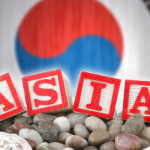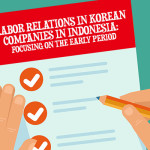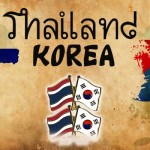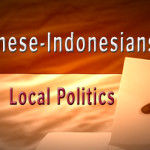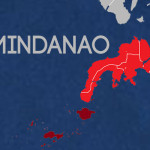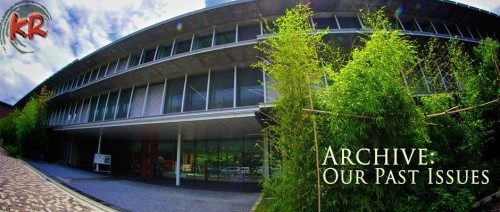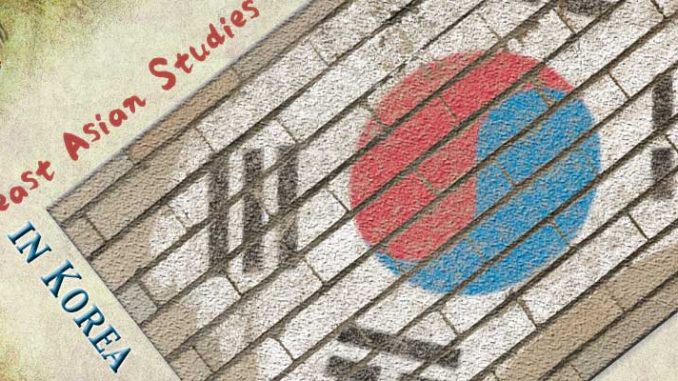
Kyoto Review of Southeast Asia. Issue 11 (March 2011). Southeast Asian Studies in Korea
Special Editorial
The advance of globalization and regionalization has been widening and deepening the mutual relationships between Northeast and Southeast Asia. Thus, the cultural approach of the ‘Fairbank paradigm’, reducing the geographic scope of East Asia to Northeast Asia (China, Korea, Japan) and Vietnam on the basis of their common Confucian tradition, is too static in its stress on historical continuities. By contrast, the economic approach of the ‘World Bank paradigm’, extending the geographic scope of East Asia beyond Northeast Asia to Southeast Asia, is very dynamic in its focus on geopolitical, geoeconomic, and geocultural changes.
Southeast Asian studies are ‘export-oriented’ in the West due to its ‘language hegemony’, and ‘import-substituting’ in Northeast Asia due to its ‘language handicap’. In Northeast Asia different vernacular languages eclipse common Chinese characters, stimulating ‘self-reliant’ Southeast Asian studies. Such an introvert tendency seems most serious in Korea. Unlike China and Japan with close and long relationships with Southeast Asia, Korea lacked in any direct and formal relationships with Southeast Asia before the Korean War. As Korea was preoccupied with ‘Four Powers’ throughout the Cold War, Southeast Asia remained outside its academic interests.
As Korean Association of Southeast Asia Studies (KASEAS) and its Southeast Asian Review were inaugurated in 1991, the progress of Southeast Asian studies in Korea is an achievement of the recent two decades since the end of the Cold War. While Korea suffers from ‘comparative disadvantages,’ various ‘advantages of late development’ may also result from the belated development. The works uploaded here reflect collective endeavors of KASEAS to ‘catch up.’ Individual articles demonstrate common interests in the relationships between Korea and Southeast Asia in spite of their diverse disciplines, perspectives, subjects, and methods.
The last roundtable discussion indicates that Southeast Asian studies in Korea are more pioneering and enlightening than accumulative and reflective. Its institutional bases should be expanded, and its research activities be enhanced. The end of the Cold War accelerated the transition of East Asia from the ‘battlefield’ of confrontation to the ‘marketplace’ of competition. The regional and global economic crises call for the ‘public space’ of regional solidarity beyond the ‘marketplace’ of national competition. This special edition is designed to contribute to an epistemic community of Southeast Asian studies for the vibrant public sphere of East Asia.
PARK Sa-Myung
Kangwon National University
Kyoto Review of Southeast Asia would like to thank and acknowledge the participation of The Korean Institute of Southeast Asian Studies (KISEAS), The Korean Association of Southeast Asian Studies (KASEAS), and The Institute for East Asian Studies, Sogang University (IEAS) who helped bring about this special issue.
VISIT OUR ARCHIVE—


